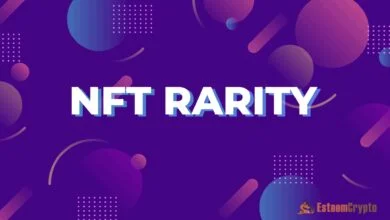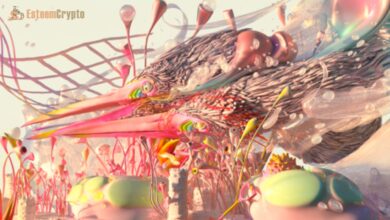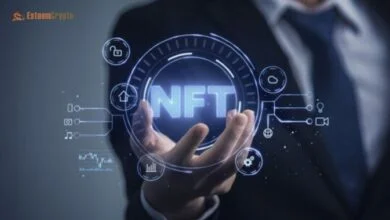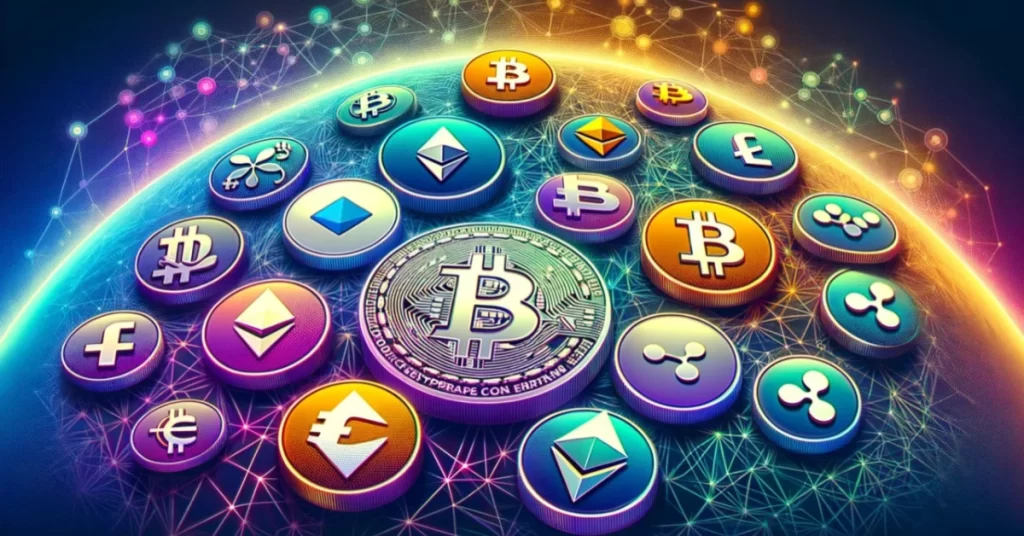NFT Fractional Ownership Guide How to Invest in Shared Digital Assets (2025)
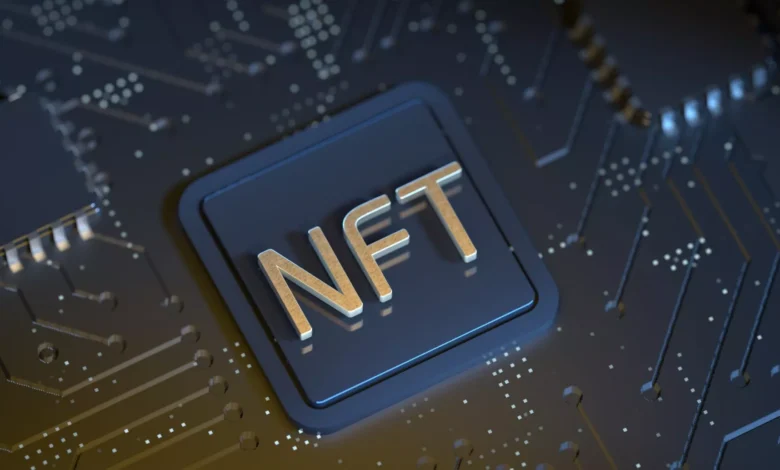
NFT fractional ownership is revolutionizing how investors access high-value digital assets by enabling multiple people to own portions of expensive NFTs. This innovative approach has transformed the digital collectibles market, making million-dollar CryptoPunks and Bored Ape Yacht Club NFTs accessible to everyday investors.
Through blockchain technology and smart contracts, fractional ownership democratizes digital asset investment while creating new opportunities for portfolio diversification and community participation in the rapidly growing NFT ecosystem.
Understanding NFT Fractional Ownership Fundamentals
What Makes Fractional NFT Ownership Possible
The foundation of fractional NFT ownership lies in smart contract technology that can divide a single non-fungible token into multiple fungible tokens. When an NFT owner decides to fractionalize their asset, they deposit it into a specialized vault smart contract. This contract then creates thousands or millions of fractional tokens, each representing a tiny ownership stake in the original NFT.
These fractional tokens operate similarly to company shares, allowing investors to buy, sell, and trade their ownership portions on various platforms. The original NFT remains safely locked in the smart contract vault until fractional owners collectively decide to sell it or until someone acquires enough fractional tokens to claim the underlying asset.
The Economics Behind Shared Digital Asset Ownership
Fractional ownership creates liquid markets for previously illiquid assets. A $500,000 NFT that might sit unsold for months can be fractionalized into 100,000 tokens at $5 each, making it accessible to thousands of potential investors. This liquidity transformation benefits both original NFT owners who can unlock value from their assets and new investors who gain exposure to premium digital collectibles.
The economic model also enables price discovery through market mechanisms. Instead of relying on sporadic high-value sales to establish NFT prices, fractional markets provide continuous price signals through daily trading activity. This enhanced price transparency helps all market participants make more informed investment decisions.
How NFT Fractional Ownership Works in Practice
The Step by Step Fractionalization Process
Creating fractional ownership begins when an NFT holder visits a fractionalization platform and connects their digital wallet containing the asset they want to divide. They specify how many fractional tokens to create, set governance parameters, and establish any sale conditions or reserve prices for the underlying NFT.
The platform’s smart contract then locks the original NFT and mints the predetermined number of fractional tokens. These tokens are distributed through various methods, including public auctions, private sales, liquidity mining programs, or direct distribution to community members. Once distributed, fractional tokens can be traded freely on decentralized exchanges and specialized platforms.
Governance Mechanisms in Shared NFT Ownership
Most fractional ownership systems incorporate democratic governance structures that give token holders voting rights proportional to their ownership stakes. Common governance decisions include setting reserve prices for potential NFT sales, approving exhibition opportunities, managing licensing deals, and making strategic decisions about the asset’s future.
Some platforms implement sophisticated governance models with proposal systems, voting periods, and execution mechanisms that automatically carry out approved decisions. These systems ensure that fractional owners maintain meaningful control over their shared investments while preventing any single party from making unilateral decisions about valuable assets.
Trading and Liquidity Dynamics
Fractional tokens trade on both decentralized exchanges like Uniswap and specialized platforms designed specifically for fractionalized assets. Market makers often provide liquidity by offering to buy and sell fractional tokens at competitive prices, ensuring that investors can enter and exit positions efficiently.
Trading volumes and price movements in fractional tokens often reflect broader sentiment about the underlying NFT and its collection. Major news about an artist, successful auction results for similar pieces, or celebrity endorsements can drive significant trading activity and price volatility in fractional markets.
Leading NFT Fractional Ownership Platforms
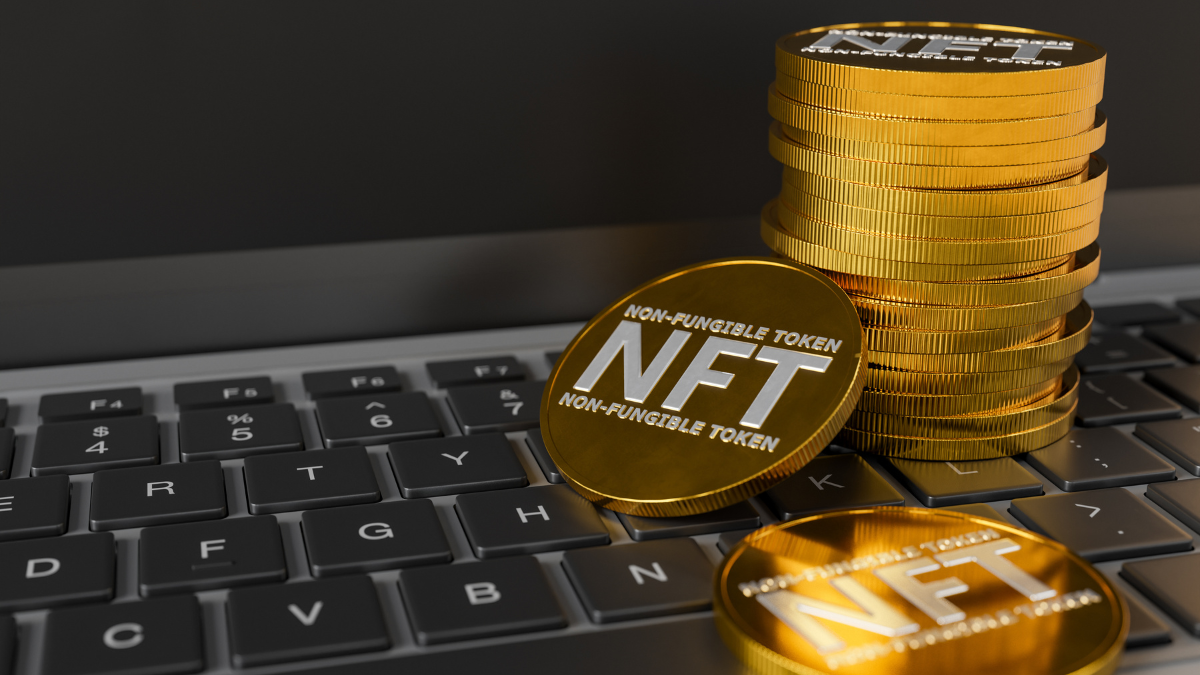
Fractional.art Pioneer in NFT Fractionalization
Fractional.art established itself as the first major platform dedicated to NFT fractionalization, offering comprehensive tools for creating and managing fractional ownership. The platform allows users to set custom parameters for their fractional offerings, including token supply, governance structures, and buyout mechanisms.
Users can create fractional tokens with built-in reserve prices that automatically trigger sales if someone is willing to pay the predetermined amount. This mechanism provides liquidity assurance while protecting fractional owners from lowball offers. The platform has facilitated the fractionalization of numerous high-value NFTs, including pieces from renowned digital artists and popular PFP collections.
Tessera Advanced Fractional Ownership Infrastructure
Tessera has emerged as a sophisticated platform offering advanced features for fractional NFT ownership, including optimistic listings, flexible governance models, and enhanced liquidity solutions. Their technology enables more complex ownership structures and provides tools for institutional investors entering the fractional NFT space.
The platform’s optimistic listing feature allows individual fractional owners to propose NFT sales at specific prices, streamlining the process of converting fractional ownership back to whole NFT ownership. This innovation reduces the friction often associated with collective decision-making in traditional fractional ownership models.
NIFTEX Community Focused Fractionalization
NIFTEX emphasizes community building and social aspects of fractional ownership, providing tools for fractional owners to connect, discuss their shared investments, and coordinate governance activities. The platform includes social features like owner chat rooms, proposal discussion boards, and collaborative decision-making tools.
Their approach recognizes that successful fractional ownership often depends on strong community engagement and shared vision among co-owners. By facilitating communication and collaboration, NIFTEX helps create more cohesive fractional ownership groups that can effectively manage their shared digital assets.
PartyDAO Collective NFT Acquisition
PartyDAO takes a unique approach by enabling groups to pool funds and collectively acquire NFTs before fractionalization. Their PartyBid product allows anyone to contribute to group purchases of NFTs at auction, with ownership automatically fractionalized among contributors based on their contribution amounts.
This model creates instant fractional ownership communities around specific acquisition targets, often generating significant excitement and social engagement around group purchases. Successful PartyBid acquisitions have included high-profile NFTs that individual participants could never have afforded independently.
Investment Strategies for Fractional NFT Markets
Blue-Chip Collection Focus Strategy
Many successful fractional NFT investors concentrate on acquiring shares in established, high-value collections with proven track records and strong community support. Collections like CryptoPunks, Bored Ape Yacht Club, Art Blocks Curated, and works by prominent digital artists typically maintain more stable demand and liquidity in fractional markets.
This strategy emphasizes quality over quantity, focusing investment capital on fractional tokens representing ownership in NFTs with strong cultural significance, historical importance, or demonstrated long-term value appreciation. Blue-chip focused investors often hold positions for extended periods, betting on continued growth in the overall NFT market and sustained interest in premium collections.
Diversified Portfolio Approach
Sophisticated investors use fractional ownership to build diversified portfolios across different NFT categories, including digital art, collectibles, gaming assets, utility tokens, and emerging categories like music NFTs or virtual real estate. This diversification helps reduce risk while providing exposure to various segments of the digital asset ecosystem.
A well-diversified fractional NFT portfolio might include positions in established artist collections, promising emerging creators, gaming-related NFTs, and utility-focused projects. This approach allows investors to benefit from growth across different sectors while minimizing the impact of poor performance in any single category.
Active Trading and Arbitrage Strategies
Some investors focus on short-term trading opportunities in fractional NFT markets, capitalizing on price discrepancies, market sentiment shifts, and arbitrage opportunities between fractional token prices and underlying NFT valuations. This approach requires significant market knowledge and active monitoring of multiple platforms and collections.
Active traders might exploit temporary mispricings when fractional tokens trade at significant premiums or discounts to their theoretical fair values based on recent comparable NFT sales. They also capitalize on market reactions to news events, celebrity endorsements, or major sales within specific collections.
Community Driven Investment Focus
Investors interested in the social aspects of fractional ownership might prioritize opportunities that offer strong community engagement, meaningful governance participation, and collaborative decision-making. This strategy recognizes that successful fractional ownership often depends on active, engaged communities working together toward shared goals.
Community-focused investors actively participate in governance votes, engage in discussions about their shared assets, and contribute to promotional and marketing efforts that can enhance the value of their fractional holdings. This approach treats fractional NFT ownership as both an investment and a social activity.
Risk Assessment and Management in Fractional NFT Ownership
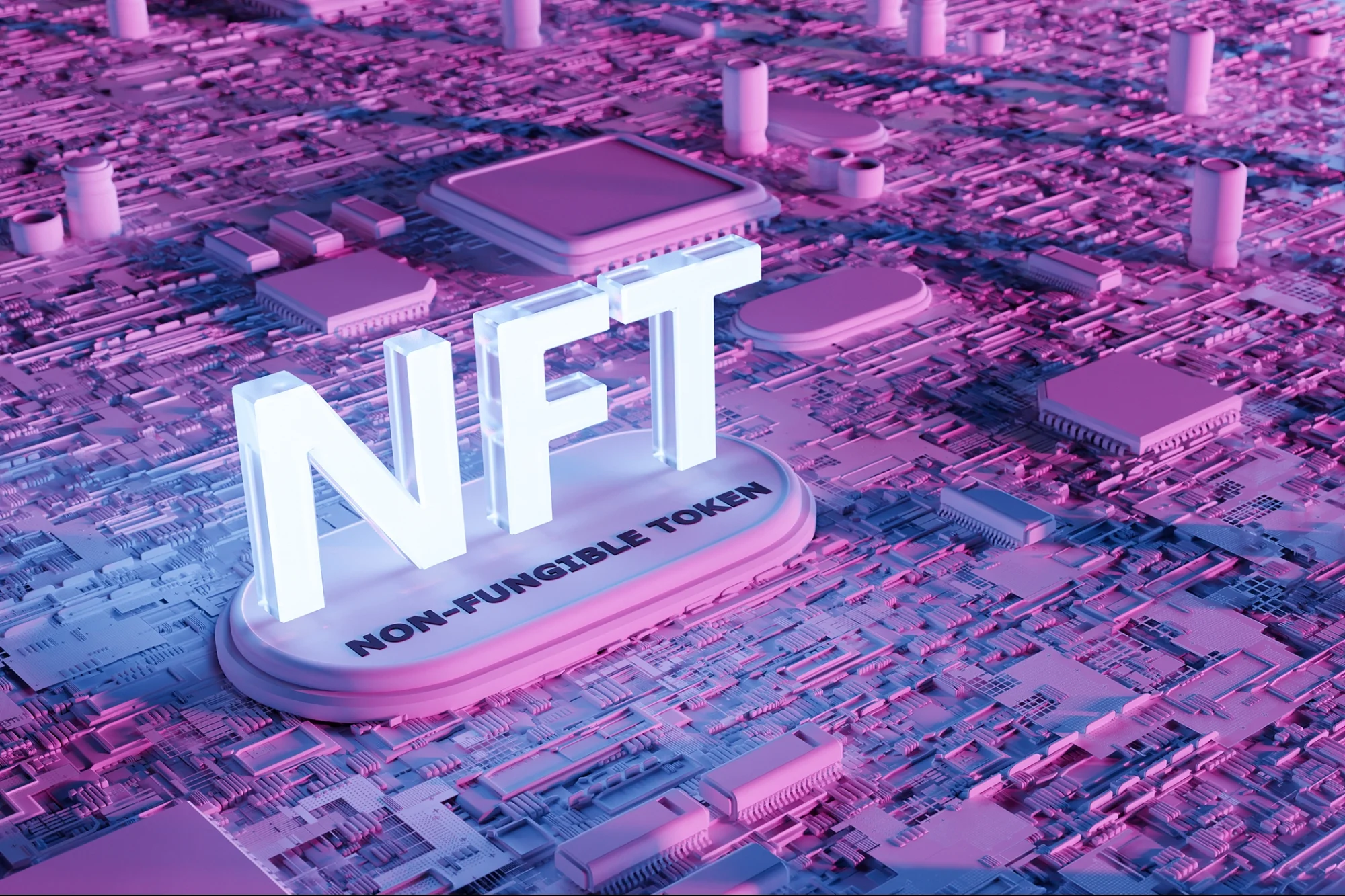
Market Risk and Volatility Considerations
Fractional NFT markets can experience extreme volatility, with token prices sometimes fluctuating by 50% or more in n single trading session. This volatility stems from the relatively small size of fractional markets, the speculative nature of NFT investments, and the influence of social media and celebrity endorsements on market sentiment.
Investors must prepare for significant price swings and potential extended periods of poor performance. The nascent nature of fractional NFT markets means that historical performance data is limited, making it difficult to predict future price movements or establish reliable valuation models.
Liquidity Risk and Exit Strategy Planning
While fractionalization generally improves NFT liquidity, fractional tokens can still experience liquidity shortages during market downturns or periods of low interest in specific collections. Investors may find it difficult to sell their fractional positions quickly at favorable prices, particularly for less popular or newer fractional offerings.
Successful fractional NFT investors develop clear exit strategies before making investments, including target price levels for profit-taking and loss limits for risk management. They also consider the liquidity characteristics of different platforms and fractional offerings when building their portfolios.
Smart Contract and Technical Risks
Fractional ownership relies heavily on smart contract technology, which introduces various technical risks including coding bugs, security vulnerabilities, and potential exploits. While most established platforms undergo security audits, the complexity of fractional ownership systems creates multiple potential failure points.
Investors should research the technical foundations of fractional ownership platforms, review available security audits, and consider the track records of development teams before committing significant capital. Diversifying across multiple platforms can help reduce exposure to any single technical failure.
Governance and Coordination Challenges
Fractional ownership creates complex governance situations where multiple parties must coordinate decisions about shared assets. Disagreements among fractional owners can lead to suboptimal outcomes, delayed decision-making, or even complete gridlock that prevents beneficial actions like strategic sales or licensing deals.
Some fractional ownership structures include mechanisms to address governance deadlocks, such as buyout rights for majority stakeholders or time-limited voting processes. Understanding these governance mechanisms is crucial for investors who want to maintain influence over their fractional investments.
Legal and Regulatory Framework for Shared NFT Ownership
Securities Law Implications and Compliance
The regulatory status of fractional NFT tokens remains unclear in many jurisdictions, with potential implications under securities laws depending on how tokens are structured, marketed, and used. Some fractional tokens might be considered investment contracts or securities, subjecting them to registration requirements and regulatory oversight.
Platforms and investors must navigate this regulatory uncertainty carefully, with many platforms implementing compliance measures like accredited investor requirements, purchase limits, or geographic restrictions to minimize regulatory risk. The evolving regulatory landscape requires ongoing attention and adaptation as authorities develop clearer guidance.
Tax Considerations for Fractional Ownership
Fractional NFT ownership creates complex tax situations involving capital gains recognition, income characterization, and reporting requirements. The decentralized nature of many fractional ownership platforms can make tax compliance challenging, particularly for investors holding fractional tokens across multiple platforms or blockchains.
Investors should consult with tax professionals familiar with digital asset taxation to ensure proper reporting and compliance. Record-keeping becomes especially important for fractional NFT investments due to the complexity of tracking multiple small transactions across various platforms and tokens.
Intellectual Property Rights and Usage
Fractional ownership raises important questions about how intellectual property rights associated with NFTs are shared among multiple owners. Different fractional ownership structures may grant varying levels of usage rights, licensing authority, or commercial exploitation permissions to fractional token holders.
Clear documentation of intellectual property rights and usage permissions is essential for fractional ownership projects, particularly those involving commercially valuable NFTs or brands. Investors should understand what rights they acquire through fractional ownership and how those rights might be exercised collectively.
Technology Infrastructure Supporting Fractional NFT Markets
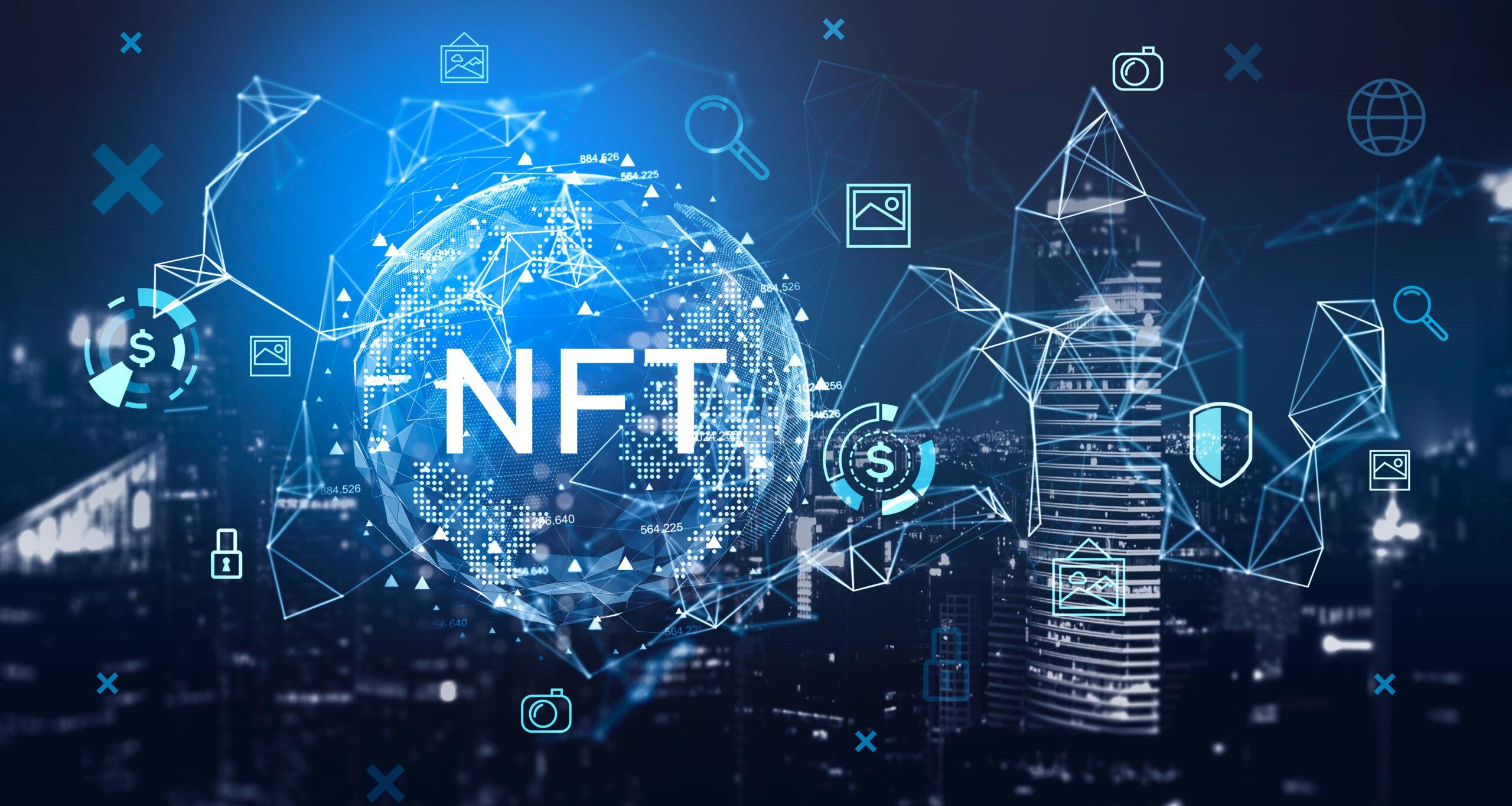
Blockchain Networks and Scalability Solutions
Most fractional NFT platforms operate on Ethereum due to its robust smart contract capabilities and established NFT ecosystem. However, high gas fees and network congestion have led some platforms to explore layer-2 solutions like Polygon, Optimism, or Arbitrum to reduce costs and improve user experience.
Cross-chain fractional ownership is emerging as platforms seek to access NFTs and liquidity across multiple blockchain networks. This technological evolution could significantly expand the fractional ownership market by connecting previously isolated blockchain ecosystems and enabling new forms of cross-chain collaboration.
Smart Contract Innovation and Security
Advanced smart contract architectures continue to evolve, enabling more sophisticated fractional ownership structures with enhanced security, flexibility, and functionality. Innovations include time-locked governance mechanisms, automated market-making for fractional tokens, and integration with DeFi protocols for yield generation.
Security remains paramount as fractional ownership platforms handle increasingly valuable assets. Multi-signature wallets, time delays for critical functions, and comprehensive testing procedures have become standard practices for protecting fractional ownership smart contracts and user funds.
Integration with DeFi Protocols
The intersection of fractional NFT ownership and decentralized finance creates new opportunities for yield generation and capital efficiency. Some platforms enable fractional token holders to stake their tokens for rewards, provide liquidity to automated market makers, or use their fractional holdings as collateral for loans.
These DeFi integrations can enhance the returns available from fractional NFT investments while providing additional utility for fractional tokens beyond simple trading. However, they also introduce additional complexity and risk that investors must carefully consider.
Market Analysis and Performance Metrics
Historical Performance and Growth Trends
The fractional NFT market has experienced rapid growth since its inception, with total value locked in fractional ownership protocols increasing dramatically over the past few years. This growth reflects increasing mainstream acceptance of NFTs and growing interest in democratized access to digital assets.
Performance analysis reveals significant variation across different types of fractional NFT investments, with blue-chip collections generally outperforming newer or less established projects. However, the relatively short history of fractional NFT markets makes long-term performance analysis challenging and limits the reliability of historical trends for predicting future results.
Correlation with Broader NFT and Crypto Markets
Fractional NFT prices typically exhibit strong correlations with both underlying NFT values and broader cryptocurrency market movements. During crypto market downturns, fractional NFT values often decline more severely than traditional investments due to their speculative nature and leverage-like characteristics.
Understanding these correlations helps investors position fractional NFT investments appropriately within broader investment portfolios and develop hedging strategies to manage risk exposure during volatile market periods.
Liquidity Analysis and Trading Patterns
Trading volumes in fractional NFT markets show distinct patterns related to market sentiment, major news events, and promotional activities. High-profile NFT sales, celebrity endorsements, or major platform announcements often trigger significant trading activity and price movements in related fractional tokens.
Liquidity analysis reveals that larger, more established fractional offerings generally maintain better bid-ask spreads and trading volumes than smaller or newer projects. This liquidity differential creates opportunities for sophisticated investors while highlighting the importance of careful project selection for retail investors.
Building and Managing Fractional NFT Portfolios
Asset Selection and Due Diligence Process
Successful fractional NFT portfolio construction requires systematic evaluation of potential investments across multiple criteria, including underlying asset quality, platform security, community strength, and market demand. Investors should develop standardized evaluation processes to ensure consistent decision-making and risk assessment.
Due diligence should cover both the underlying NFT’s fundamentals and the specific fractional ownership structure being considered. This includes analyzing the original NFT’s provenance, artist reputation, collection performance, and cultural significance alongside the fractional offering’s governance mechanisms, token distribution, and platform reliability.
Portfolio Allocation and Risk Management
Professional investors typically recommend limiting fractional NFT exposure to a small percentage of overall investment portfolios due to the high-risk, speculative nature of the asset class. Common allocation recommendations range from 1-5% of total portfolio value, with higher allocations appropriate only for investors with high risk tolerance and deep market knowledge.
Within fractional NFT allocations, diversification across different collections, platforms, and investment strategies can help manage risk while maintaining upside potential. Regular portfolio rebalancing ensures that successful investments don’t become oversized positions that create concentration risk.
Performance Monitoring and Portfolio Optimization
Effective fractional NFT portfolio management requires regular monitoring of individual position performance, platform developments, and broader market trends. Investors should establish clear metrics for evaluating investment success and predetermined criteria for making buy, hold, or sell decisions.
Advanced portfolio management might include tracking metrics like trading volume trends, governance participation rates, and community engagement levels alongside traditional financial performance measures. These additional metrics can provide early warning signs of potential issues or opportunities within fractional ownership positions.
Future Developments in NFT Fractional Ownership
Technology Evolution and Innovation
The fractional ownership space continues to evolve rapidly with new technological innovations that promise to improve user experience, reduce costs, and expand functionality. Developments in layer-2 scaling, cross-chain interoperability, and advanced smart contract capabilities will likely make fractional ownership more accessible and efficient.
Emerging technologies like zero-knowledge proofs could enable private fractional ownership structures, while improved oracle systems might enable fractional tokens tied to real-world asset values or performance metrics. These innovations could significantly expand the use cases and appeal of fractional NFT ownership.
Institutional Adoption and Infrastructure Development
Growing institutional interest in NFTs is driving the development of professional-grade infrastructure for fractional ownership, including custody solutions, compliance tools, and institutional trading platforms. This institutional adoption could bring significant capital and legitimacy to fractional NFT markets while driving innovation in products and services.
Traditional financial institutions are beginning to explore fractional NFT offerings as alternative investment products, potentially creating new distribution channels and investment structures that could dramatically expand the market’s reach and sophistication.
Regulatory Clarity and Market Maturation
Ongoing regulatory developments will likely provide clearer frameworks for fractional NFT ownership, potentially reducing uncertainty and encouraging broader adoption. Clear regulations could enable new types of investment products and services while providing investor protections that support market growth.
As the market matures, improved standards for fractional ownership structures, enhanced security practices, and better user protection mechanisms will likely emerge. This maturation process should make fractional NFT investment more accessible and attractive to mainstream investors.
Advanced Strategies and Professional Techniques
Yield Optimization Through DeFi Integration
Advanced investors leverage decentralized finance protocols to generate additional returns from their fractional NFT holdings. This includes providing liquidity to automated market makers, participating in yield farming programs, and using fractional tokens as collateral for decentralized lending protocols.
These strategies can significantly enhance the total return potential from fractional NFT investments but require a deep understanding of DeFi protocols and careful risk management. Smart contract risks, impermanent loss, and liquidation risks must be carefully evaluated alongside the underlying NFT investment risks.
Cross-Platform Arbitrage Opportunities
Sophisticated traders identify price discrepancies for fractional tokens across different platforms and execute arbitrage strategies to capture risk-free profits. These opportunities arise from temporary liquidity imbalances, different fee structures, or varying levels of platform adoption.
Successful arbitrage requires rapid execution capabilities, a deep understanding of multiple platforms, and sufficient capital to capture meaningful profits after accounting for transaction costs and gas fees. Automated trading systems and MEV (Maximal Extractable Value) strategies are increasingly common in this space.
Institutional Investment Approaches
Professional investment managers developing fractional NFT strategies often employ sophisticated portfolio construction techniques, including factor-based selection models, risk parity approaches, and quantitative screening processes adapted from traditional alternative investment management.
These institutional approaches typically emphasize rigorous due diligence, systematic risk management, and professional-grade reporting and compliance procedures. They may also incorporate ESG (Environmental, Social, and Governance) considerations and align with broader institutional investment mandates and constraints.
Also Read: Sports NFTs: Innovative Fan Engagement and Revenue Streams
Conclusion
NFT fractional ownership has emerged as a transformative force in the digital asset landscape, democratizing access to premium NFTs while creating unprecedented opportunities for community-driven investment and governance. This innovative approach addresses key limitations of the traditional NFT market, including high barriers to entry, limited liquidity, and concentration of valuable assets among wealthy collectors.
The technology underlying fractional ownership continues to evolve rapidly, with new platforms, features, and integrations expanding the possibilities for shared digital asset investment. From DeFi yield opportunities to cross-chain interoperability, the fractional NFT ecosystem is becoming increasingly sophisticated and interconnected with broader blockchain infrastructure.
Success in fractional NFT investing requires careful platform selection, thorough due diligence, and appropriate risk management strategies. Investors must navigate complex governance structures, technical risks, and regulatory uncertainty while capitalizing on the unique opportunities presented by shared ownership of valuable digital assets.

